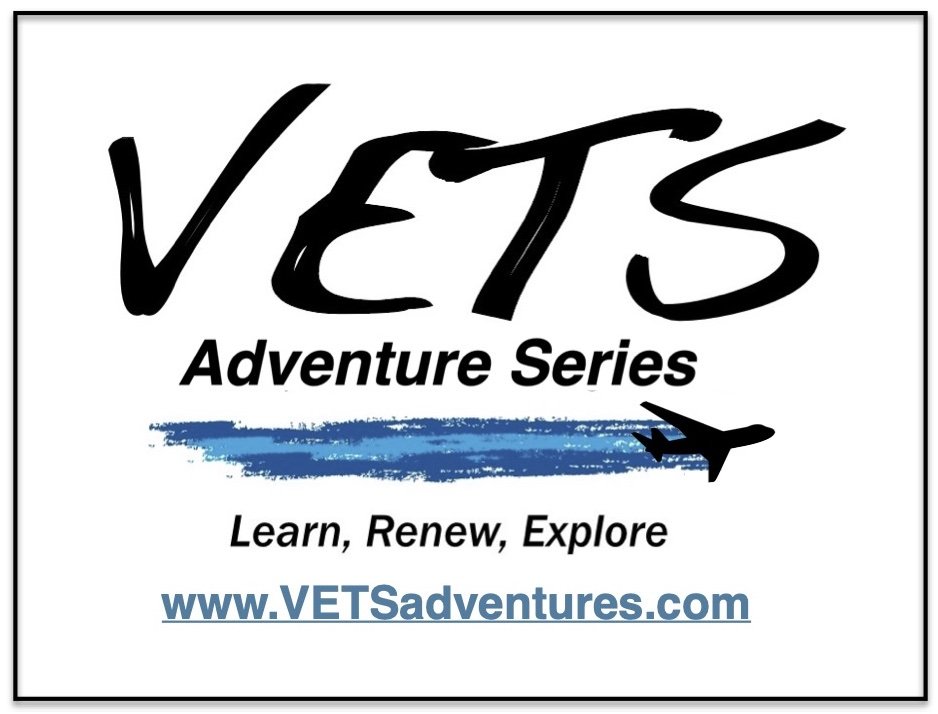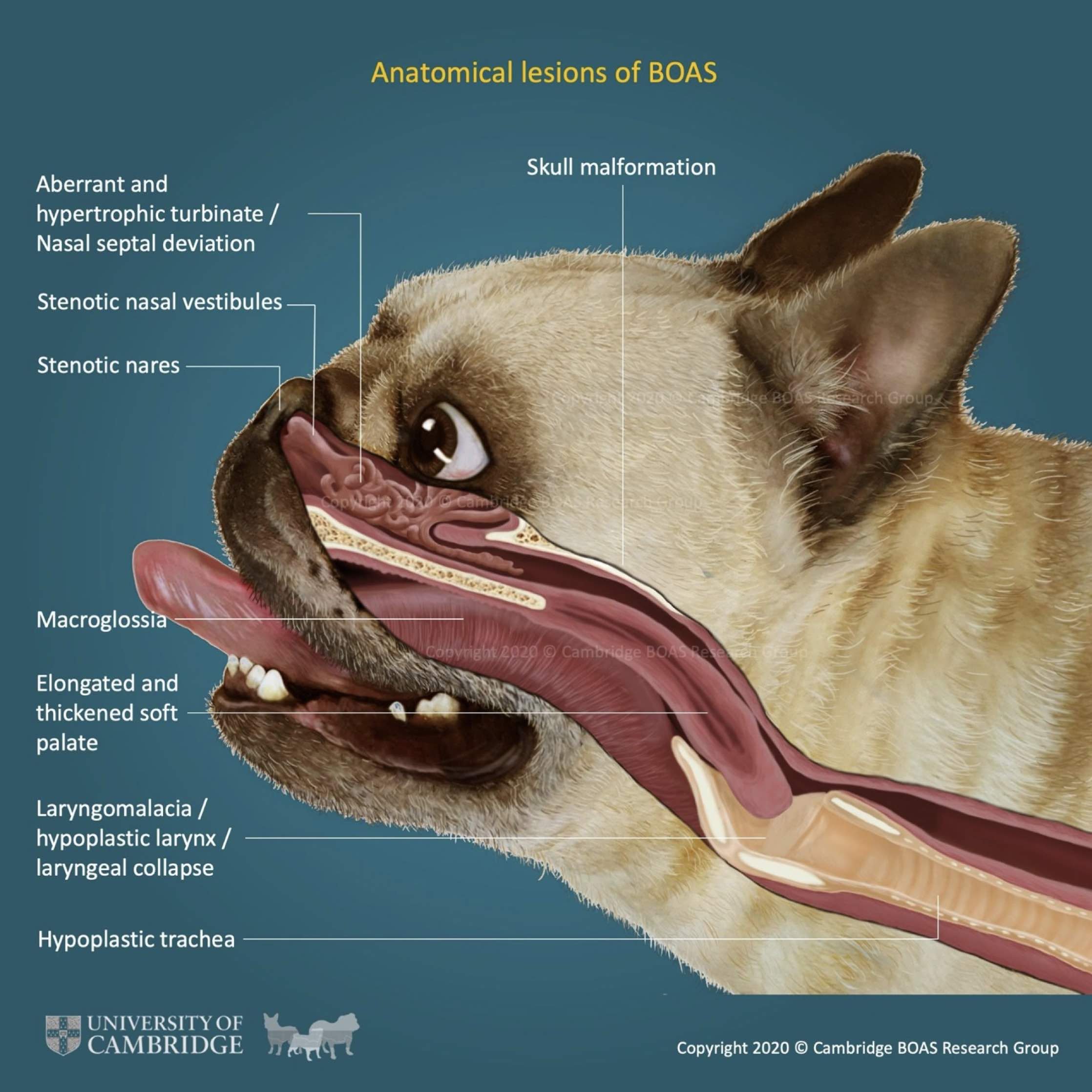aka
“Read This, If You Want to be more Prepared for Your Trip to Patagonia”
The VETS Team has just returned from an advance scouting visit to Patagonia. We needed to see the facilities and experience the travel times for ourselves. Our pictures tell an important part of the story— on this trip, you will see landscapes and animals that are unique to the rest of the world.
I will be including pictures taken with my iPhone in this blog. If you want to see what a real photographer (Don Klingborg) can do, then check out the blog after this—> https://vetsadventures.com/vets-travel-blog/2024/2/10/patagonia-2024-vets-site-visit
The Animals:
The lovely Guanaco is an offshoot of the llama family.
(pronounced ‘gwuh-KNOCK-oh’ . . . or if you’re really authentic, the “G” is silent and you will say ‘hwuh-KNOCK-oh’)
Rheas (South America’s answer to the Ostrich and the Emu) could be found in groups . . . this shy bird often ran away from us as soon as they saw that we were watching them!
There’s not actually a Rhea in this picture, but we did see lots of rainbows!
Puma— (or Mountain Lion, if you are in California)— We did see two on this trip, but we worked hard to get there and it was about 10 hours of riding in a van, mixed with a beautiful hike and another scenic stop at Laguna Azul, before we finally found these elusive cats!
Penguins— It took us about 6 hours just to get to the King Penguins. They are beautiful, but they are off at a distance from viewing stations and so you’ll want your binoculars or zoom lens on your camera in order to really see them. We have chosen to make this excursion optional because it is very remote and A LOT of sitting to get to and from there. This was a full day excursion.
This shot was done through a telescope at the facility— carefully lining up my iPhone to capture the image.
Whales— As an alternative to the King Penguins, we will be offering a Whale Watching trip. Our local Travel Partner, Esther, was just on that Whale Watching excursion and her videos/pictures were spectacular, so hopefully our outing will be as successful.
The next day, the Magellanic Penguins were easier to get to in a faster boat. It was about an hour to get to the Isla Magdalena. We had a one mile walk around the Isla to see the penguins interacting, comically traipsing here and there and poking their heads in and out of their underground burrows. It was very cold and windy, making one wonder what the Penguins saw in this island in the first place!
Statler and Waldorf watching “The Penguin Show”
A storm was incoming, and while we got the full hour with the penguins, we had to skip our visit to the local Sea Lions. The seas were rough and it was a rocky 90 minute boat ride back to port. Let’s just say, that if you have a bad back or neck and/or are easily sea sick, this wouldn’t have been a pleasant return journey for you. Did someone say “Adventure Travel?!!”
Condors and other Birds— there are a lot of great birds in Patagonia. The Horned Owl, Condors and other scavengers such as the Cara Cara and more.
The Crested Cara Cara was very vocal and active!
The Condors were in short supply on this trip, but we saw several from a distance. Wind is nearly ever-present in Patagonia, and the Condors don’t soar when it is windy. Fortunately, our itinerary will be taking you to a place south of the Patagonia region (The Estancia Olga Teresa) where the Condor viewing is more consistently good.
The Landscape: The Hiking in Patagonia can be intense and challenging. We took two hikes, one of Low Difficulty to see an ancient cave painting and another of Medium Difficulty to the Condor Viewpoint.
The beginning of the hike to Condor Viewpoint. Still in the flat lands!
From the Expeditions Book regarding the ‘Medium Difficulty’ Hike to Condor Viewpoint:
“we must be prepared to climb slopes along rocky paths and experience strong gusts of wind typical of Patagonia, which will make this expedition an adventure. The level of demand for this hike is medium; however, it should be considered that to reach the viewpoint, we must overcome a short but complicated ascent of 250 meters in an area of strong winds.”
They weren’t wrong.
The Hike was a lot of fun, our guide Olafo was excellent and proceeded at our pace. We had a real sense of accomplishment at the end of the hike, but the winds were even more intense at the top of the viewpoint, so we enjoyed the scenery and then headed back to calmer elevations!
The Sailors are cleaning up after hauling in their King Crab catch!
So, What Did I Learn?
I am now on the treadmill daily (okay, almost daily) and have definitely ramped up the “incline.” Altitude is not an issue— we were not that high above sea level, but the mountainous terrain is a challenge for a flat-lander like me.
It’s Windy. Sometimes Really Windy. The Weather changes often from Rain to Sun and back again. So proper gear is essential for your comfort and safety.
A warm Hat that won’t blow off of your head.
Sunglasses with a leash (yes, your glasses may be blown away, too!)
Buff or Neck Protection.
Upper Layers— Quick Drying T-Shirt, Fleece or Polar Jacket, Waterproof Jacket, Windbreaker, Gloves.
Lower Layers- Quick Drying Leggings, Waterproof Pants.
Sunscreen— There isn’t much of ozone layer protecting the bottom of the world, so the sun is more than you’re used to!
Waterproof backpack.
Shoes— Long Trekking socks and Trekking Boots— this is not a ‘Sneakers’ type of environment.
Also, I’m going to bring some Zofran or other anti-sea-sickness medication, just in case!
Be prepared for breath-taking scenery in a (sometimes) harsh and challenging landscape.
This may be the most ‘adventurous’ Expedition in the history of the VETS Adventure Series. If you are physically prepared and properly attired, it will be an amazing experience. The VETS Team looks forward to sharing it with you!
























